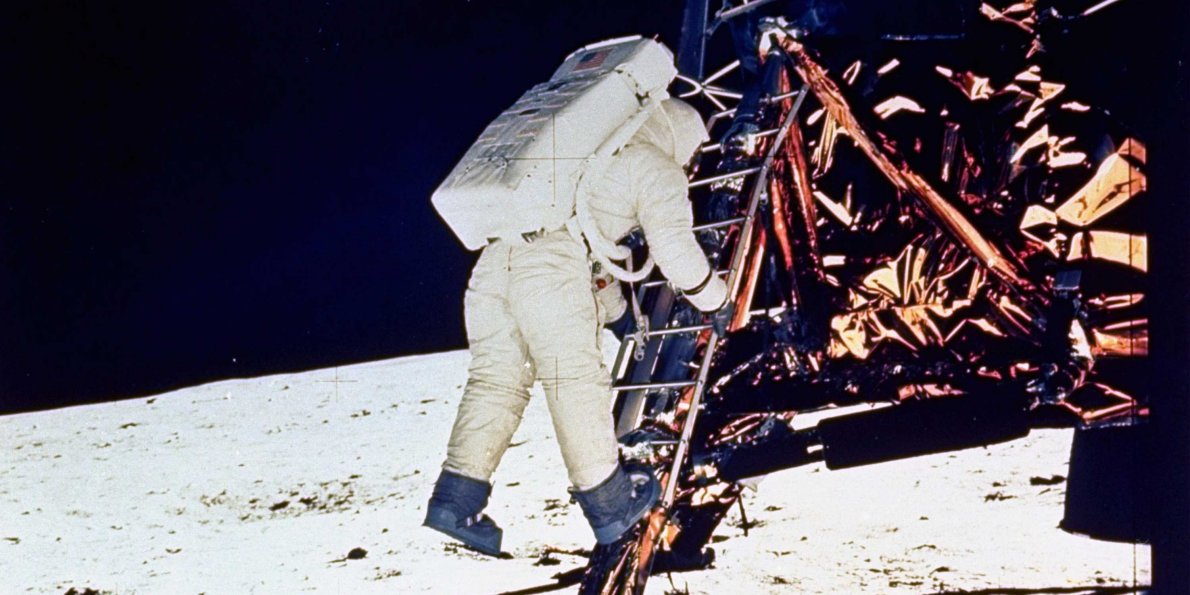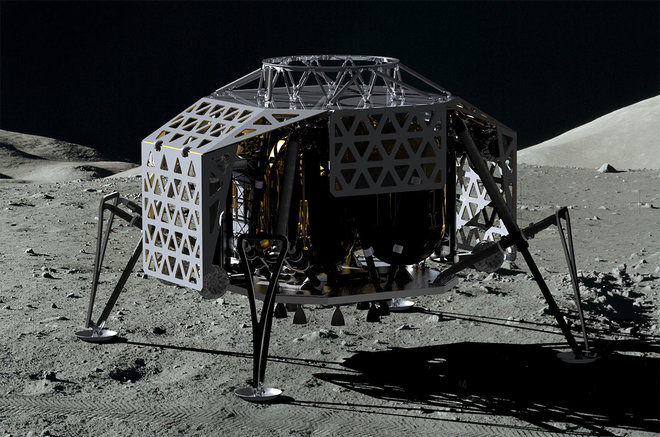 NASA astronaut landing on the moon many years ago
NASA astronaut landing on the moon many years agoWhile Ilon Mask is
deciding on the creation of a global network for the entire solar system, other companies are going to implement smaller projects. Smaller, but still very important. One of such projects is the installation of a cell phone tower on the Moon, so that
providers can sign astronauts for additional services, a space traveler who has yearned for home can call family and friends. This, of course, is quite difficult to implement, but a start may be made as early as next year.
The project of communication with the moon is currently being developed by
Part Time Scientists , which, by the way, participated in the Google Lunar X Prize project. The goal of the team is to send a rover to the moon in 2018. The automatic machine was planned to be sent to the Apollo 17 landing site. And the Germans also plan to execute this plan, but first they want to send the signal of the mobile operator Vodafone to the Moon, plus delivering to the Earth satellite not one lunar rover but two at once.
“Now we are working together with Vodafone to create LTE base stations on the Moon,” said Carsten Becker, one of the representatives of a German startup. "We plan to create a service for the delivery of goods to the moon, as well as deploy a mobile network on its surface."
In turn, representatives of the telecom operator
reported the following: “Together with scientists from the PTS, we will make a trip into space, making possible the first landing of the device of the German company. And we will launch the world's first LTE network in space. ”
The company Part Time Scientists, as far as can be judged, is making quite serious plans. So, she has already signed a contract with Space X with the aim of sending cargo to the Moon in 2018 on a Falcon 9 rocket. According to Becker, their contract with Ilona Mask is the first company that provides for cargo delivery to the Moon. Also, in his opinion, none of the participants of the Lunar X Prize will be able to invest in time, and reach the moon in 2017. By the way, Part Time Scientists withdrew from the competition from Google, because it considered the time frame too tight, impracticable. However, the project team did not give up on the idea of sending a rover to the moon.
The equipment for creating a base station on the moon will be sent in a specialized Alina robot module. The module after its delivery to the lunar orbit will begin descent to the surface. Inside will be placed additional devices. "We will carry out a soft landing on the moon and unload our two rovers Audi Lunar Quatro, which will go to the landing site Apollo 17," representatives of Part Time Scientists said in a press release.
 This is what the moon station-terminal Alina looks like in the designers view. Source: PTScientists
This is what the moon station-terminal Alina looks like in the designers view. Source: PTScientistsThe design of the rovers included elements of mobile communications. In fact, Audi Lunar Quatro are self-propelled elements of a cellular network. They will send data to Alina, which continues to remain at the landing site on the lunar surface, including video stream. And already the Autonomous Landing and Navigation Module (ALINA) will work as a cell tower, send all this to Earth.
“Using an LTE modem to transfer our data is a much more energy efficient way of communication than Earth systems,” Becker explained. Rovers will receive energy for work from two solar batteries. This is enough for both movement and data processing with sending them to the central station. If everything works out, the authors of the project consider, in this case many problems are solved. In particular, communication energy requires less, as mentioned above, plus it is a less costly and more universal method of communication than the technologies used by space agencies of different countries.
Immediately and permanently solve the problem of communication with the moon will not work. Neither the Alina station nor the rovers survive the moonlit night with its low temperatures. But this project is only a prologue, it opens the door to the future, where everyone can get in touch with everyone.
In 2020, if the pilot project is successful, the Germans will send LTE terminals to the Moon, designed to survive at extremely low temperatures for a long time. Already, this problem is being solved with the help of the European Space Agency, which provides lunar signalmen with the information they need to develop various data transmission devices.